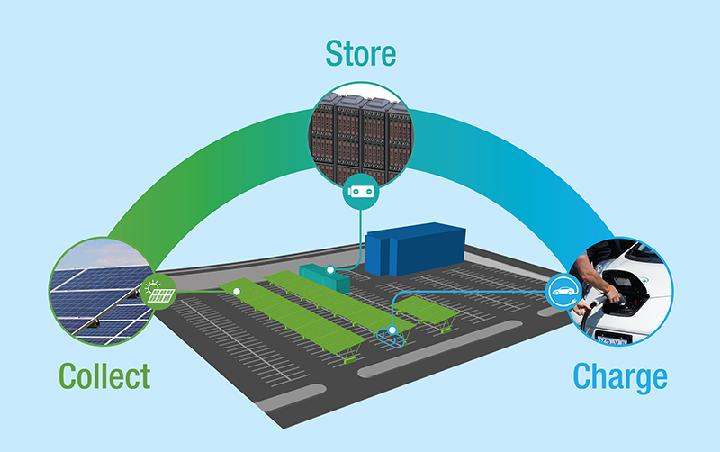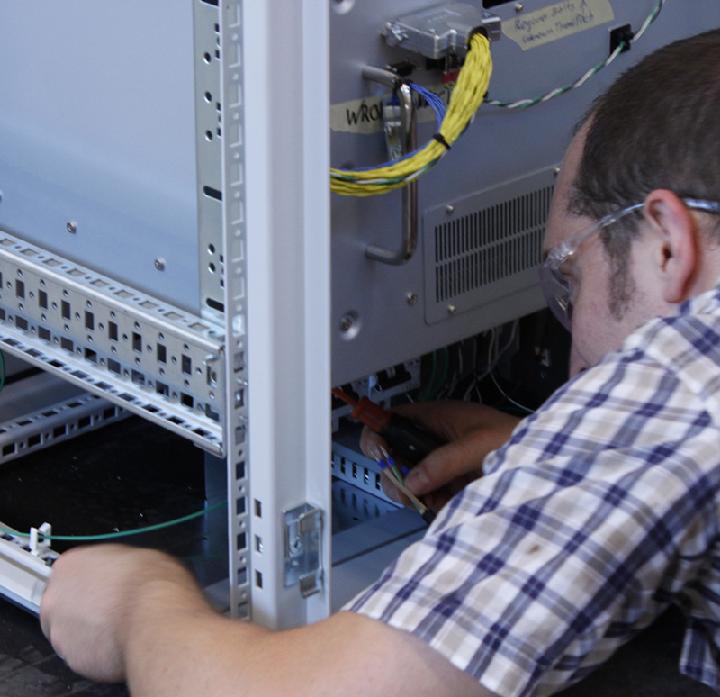A Smart Grid is realized by overlaying a communications infrastructure on top of existing power system infrastructure. This communications network allows for bi-directional communication between a broader range of field devices and utility back-office operations. These new capabilities for monitoring and control enable grid operations to respond dynamically to real-time grid conditions and to make informed ‘smart’ decisions on the management of utility assets. The communications infrastructure also enables a new relationship to be realized with customers. Traditional customers can now be treated more as ‘partners’ who can be engaged in programs and incentives to moderate consumption and manage energy use within their own premises. The ability for customers and utilities alike to monitor and control loads enables Demand Response and Load Control (DRLC) and Vehicle-to-Grid (V2G) programs to extend to customer premises and customer assets such as smart appliances and electric vehicles.
Within the context of the Smart Grid, EVs and EV charge infrastructure become additional field devices able to participate in grid operations. EVs represent a special case of devices in that they can be viewed as a source of generation, load, or storage. Vehicles are also nomadic and may appear and disappear on the grid at different times and locations. Fixed EV charge infrastructure on the other hand, can play a role as the interconnection point for vehicles to the grid, or as a source of load that can be managed through the Smart Grid infrastructure. Understanding the options to use EVs as integral components of the grid therefore requires an understanding of the communications protocols and infrastructure that can enable EV and charge infrastructure connectivity from end-to-end.
Powertech is a leader in in Smart Grid interoperability testing and operates facilities which replicate the utility environment from field devices to back-office applications. This environment allows Powertech to support vehicle and device OEMs, energy service providers and utilities to test and evaluate EV interoperability solutions. Capabilities include:
- EV data collection and analytics(from vehicles or infrastructure)
- EV communications pathways validation (AMI, IP based, HAN, FAN, SCADA, Open Standards and others)
- Use case development and simulation
- Interoperability testing and verification

